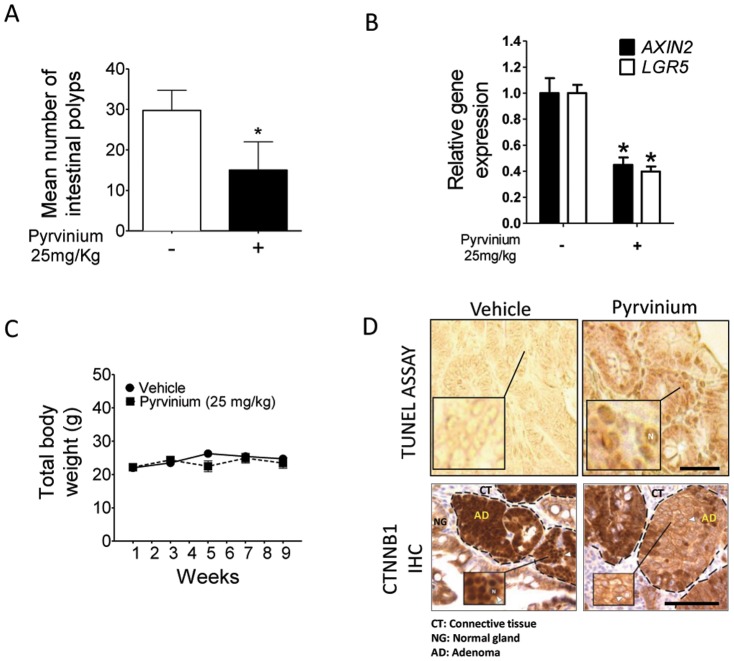Figure 5. Pyrvinium reduces adenoma formation in vivo.
A. Mean number of intestinal adenomas in Pyrvinium (25 mg/kg) or vehicle treated mice. Mice were treated via oral gavage once every 48 h for 10 weeks. Intestines were removed from euthanized mice, fixed in phosphate buffered formalin and then adenomatous polyps were quantitated. Error bars represent S.E.M, n = 12. *p<0.05. B. Expression levels of the WNT target genes AXIN2 and LGR5 in the intestinal epithelium of APCmin mice chronically treated with vehicle control or 25 mg/Kg Pyrvinium. Total RNA from intestinal tissue sections of euthanized mice was converted to cDNA and subjected to real-time RT-PCR analysis. C. Mice treated with Pyrvinium for 10 weeks via oral gavage showed no significant weight loss in response to Pyrvinium treatment. D. Upper panels, TUNEL assays of intestinal sections from chronic Pyrvinium or vehicle treated APCmin mice. Intestinal tissue sections were isolated from euthanized mice embedded in paraffin and subjected to an in situ TUNEL assay using the DeadEnd colorimetric TUNEL assay (N: nucleus). Lower panels, Immunohistochemistry showing CTNNB1 expression and localization in intestinal sections from Pyrvinium and vehicle treated mice. Mice were treated for 7 days. Intestinal tissues isolated from euthanized mice were fixed using buffered formalin, paraffin embedded and subjected to immunohistochemistry using an antibody for CTNNB1 (N: nucleus). Scale = 50 µm.

